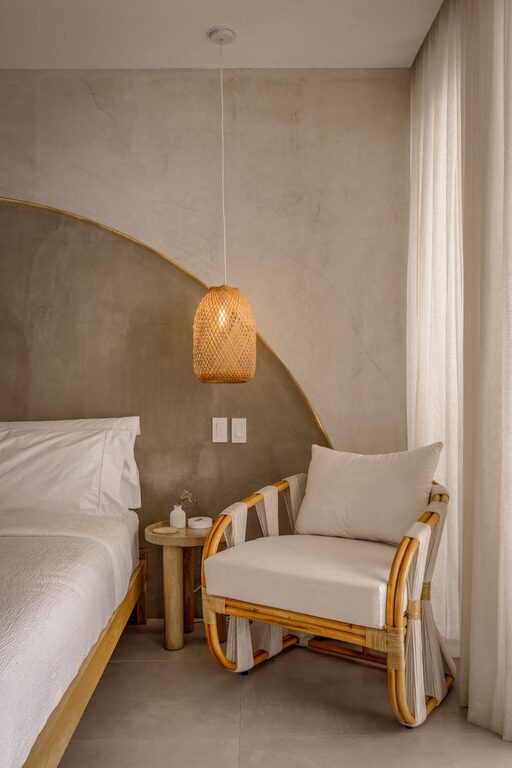Creating a peaceful and quiet environment at home can greatly improve your comfort, focus, and overall well-being. Whether you live in a busy city, a noisy neighborhood, or simply want to reduce everyday sounds inside your house, there are simple ways to reduce noise without major renovations. In this post, we’ll explore practical and affordable strategies to make your home a quieter retreat.
Why Reducing Noise Matters
Excessive noise can affect sleep quality, increase stress, and lower concentration. Making your home quieter helps create a calming atmosphere, which can contribute to better mental health and productivity. Luckily, noise reduction doesn’t always require complicated or expensive solutions.
Common Sources of Noise at Home
Understanding where noise comes from is the first step to managing it effectively. Common sources include:
– Traffic and street sounds
– Loud conversations or voices
– Appliances and electronics
– Footsteps or movements in other rooms
– Outdoor activities and neighbors
By identifying your main noise challenges, you can choose the right methods to reduce or block unwanted sounds.
Simple Ways to Reduce Noise at Home
Below are easy and practical ideas you can start implementing today.
1. Use Soft Furnishings to Absorb Sound
Hard surfaces like wooden floors, glass windows, and bare walls reflect sound waves, making noise feel louder. Adding soft materials can absorb these sounds:
– Rugs and carpets: Place thick rugs or carpets in living areas and bedrooms to reduce footstep noise.
– Curtains: Heavy curtains or noise-reducing window treatments can cut down outdoor noise and echo inside the room.
– Cushions and upholstery: Sofas, chairs, and pillows help absorb sound waves.
2. Seal Gaps and Cracks
Noise can sneak through small openings in doors, windows, and walls. Look for gaps or cracks and seal them with:
– Weatherstripping around windows and doors
– Door sweeps at the bottom of doors
– Acoustic sealant for wall or floor cracks
These simple fixes help block drafts and reduce sound leakage.
3. Rearrange Furniture Strategically
Furniture placement can influence how sound travels:
– Use bookshelves filled with books or large furniture pieces as sound barriers against noisy walls.
– Place sofas or beds against walls that border noisy neighbors or streets.
– Avoid empty spaces where sound can bounce freely; soft furnishings help break up the sound flow.
4. Add Soundproofing Panels or Acoustic Foam
For more focused noise reduction, especially in noisy rooms, consider using sound-absorbing panels:
– Acoustic foam panels reduce echo and reverberation.
– Fabric-wrapped panels can be both decorative and functional.
– They can be mounted on walls or ceilings.
This option is affordable and doesn’t require professional installation.
5. Use White Noise Machines or Fans
If outside noise is unpredictable, white noise machines or fans can mask disruptive sounds. These devices create a consistent, soothing background noise that helps your brain tune out sudden disturbances.
6. Maintain Appliances Regularly
Sometimes noise comes from within the home, such as loud appliances:
– Keep washing machines, dishwashers, and HVAC systems in good repair.
– Replace worn-out parts or lubricate moving components.
– Use vibration pads under noisy machines to minimize sound transmission.
7. Create a Quiet Zone
Designate a room or corner as a quiet retreat by:
– Minimizing electronics and loud items
– Using soft furnishings and calming colors
– Adding plants, which can also absorb sound
This simple shift can provide a dedicated space for work, reading, or meditation.
Additional Tips for Noise Reduction
– Use double- or triple-paned windows for better soundproofing.
– Install door seals or upgraded doors with solid cores.
– Consider exterior landscaping like tall bushes or fences to block street noise.
– Use headphones or earplugs as a temporary solution in very noisy environments.
Final Thoughts
Reducing noise at home enhances your comfort and can improve your quality of life. Many simple changes—like adding rugs, sealing gaps, or rearranging furniture—make a big difference. Start with easy fixes and gradually explore additional methods that fit your budget and lifestyle. With a little effort, you’ll enjoy a more peaceful and relaxing home.
Feel free to share your favorite noise reduction tips in the comments below!

